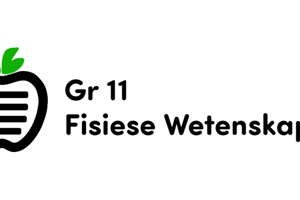Podcast
Questions and Answers
According to the modern theory of chemical bonding, why do atoms form bonds?
According to the modern theory of chemical bonding, why do atoms form bonds?
- To decrease energy (correct)
- To change energy
- To maintain energy
- To increase energy
What happens to the potential energy of a system when attractive forces between atoms increase?
What happens to the potential energy of a system when attractive forces between atoms increase?
- It remains the same
- It decreases (correct)
- It fluctuates
- It increases
At what distance do hydrogen atoms reach a state where attractive forces dominate repulsive forces?
At what distance do hydrogen atoms reach a state where attractive forces dominate repulsive forces?
- 75.4 mm
- 75.4 cm
- 75.4 pm (correct)
- 75.4 nm
What is the term used to describe the distance of 75.4 pm between bonded hydrogen atoms?
What is the term used to describe the distance of 75.4 pm between bonded hydrogen atoms?
What happens to the potential energy of a system when repulsive forces between atoms increase?
What happens to the potential energy of a system when repulsive forces between atoms increase?
According to the modern theory of chemical bonding, what happens to the potential energy of a system as two hydrogen atoms approach each other?
According to the modern theory of chemical bonding, what happens to the potential energy of a system as two hydrogen atoms approach each other?
What is the term used to describe the distance of 75.4 pm between bonded hydrogen atoms?
What is the term used to describe the distance of 75.4 pm between bonded hydrogen atoms?
What forces operate simultaneously when two hydrogen atoms approach each other?
What forces operate simultaneously when two hydrogen atoms approach each other?
What happens to the potential energy of a system when repulsive forces between atoms increase?
What happens to the potential energy of a system when repulsive forces between atoms increase?
What happens to the potential energy of a system when attractive forces between atoms increase?
What happens to the potential energy of a system when attractive forces between atoms increase?
Flashcards are hidden until you start studying




